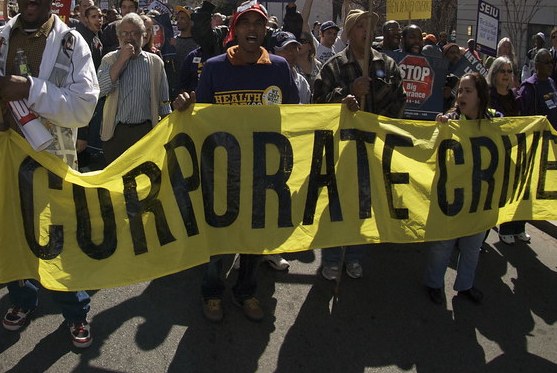Corporate Partners


Siddharth Jain & Co. is a full-service law firm based in New Delhi, India, offering strategic and results-driven legal solutions to clients across India and abroad. We specialize in litigation, corporate and commercial advisory, and NRI legal services, making us a trusted partner for startups, businesses, and international clients seeking legal expertise in India.
Our team of experienced lawyers, legal consultants, and researchers provides end-to-end support on matters ranging from civil and commercial litigation, contract drafting, business incorporation, and property disputes, to cross-border legal advisory for NRIs.



